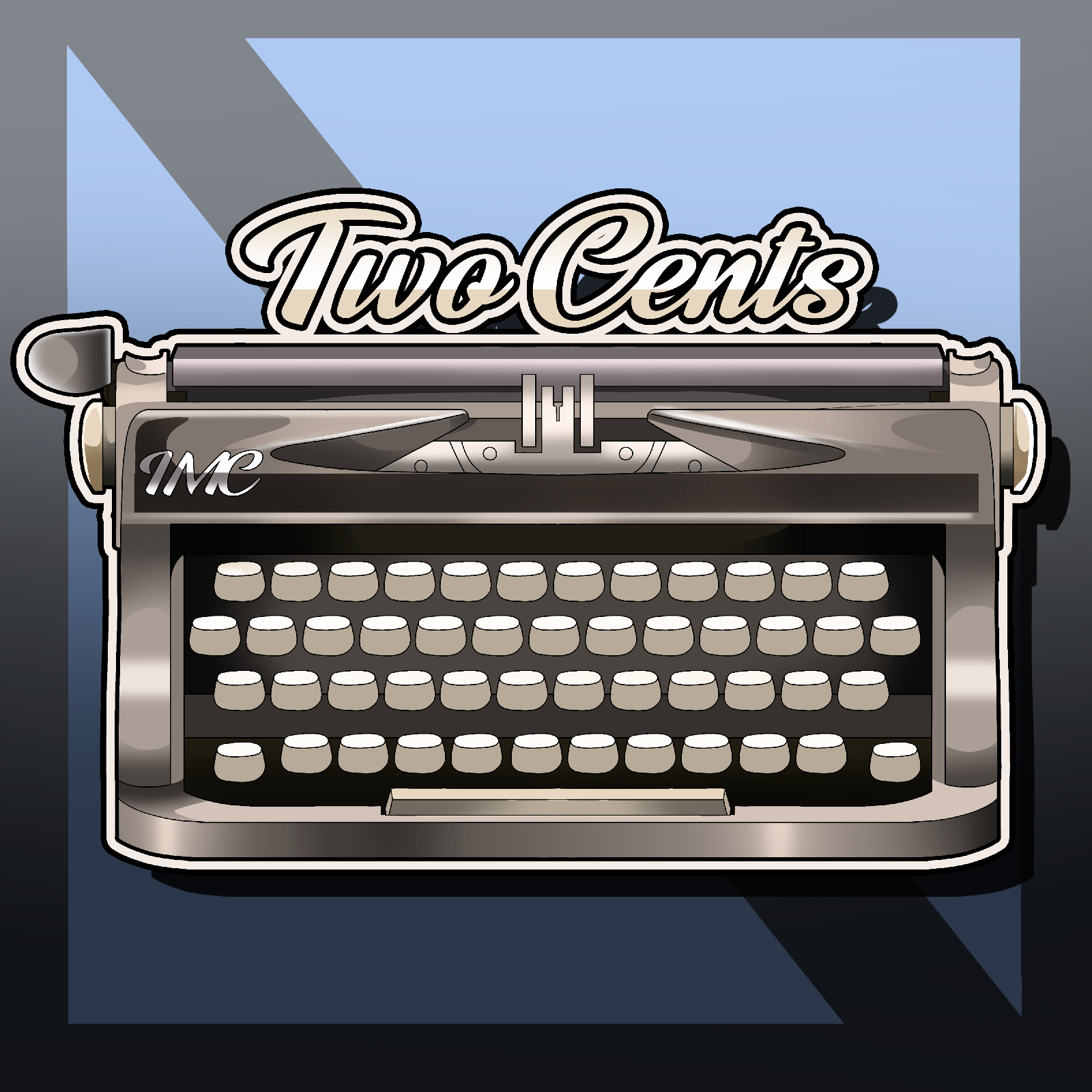Shrinking Attention Spans: Where is the Great Short Fiction Renaissance?
In an era dominated by attention-span-stunting smart technology, it would seem obvious that an art form like the short story would come back into vogue. Yet, while there are still a number of magazines—quarterlies, bi-monthlies, monthlies, weeklies, and even dailies—publishing such reading matter, the short story hasn't quite captured the popular imagination in the way that one might think. The question is why not?
Art by Devora Johnson
Many writers we read in schools and learn about in college courses began their careers writing short stories. Some, for a time, even managed to make a living from the practice.
The main reason authors like John Cheever, Flannery O'Connor, Ray Bradbury, and Eudora Welty could make short story writing their profession was that there at one point was a massive magazine market here in the US. Millions of people, in their down town, would buy, subscribe, and read these periodicals for leisure, and many of the aforementioned authors had stories published in those magazines, for which they were paid very good money.
Even one sale a month at one time was enough to keep their bills paid and their kitchen pantries reasonably filled. Go back even further in history, and newspapers even published short stories by writers.
So what happened? Why hasn't the short story had such a renaissance since?
Well, the simple answer is one word: television.
When TV boomed in the 1960s, people stopped reading as much as they once did. With few renewing subscribers, many magazines went under. Those that didn't had to make more room for advertising to compensate for lack of sales and subscriptions, which meant less room for actual quality content. Or, they completely rehashed how they did business and ceased publishing fictional material altogether—again to compensate for the loss of readers and subscribers.
That was just the initial explosion TV created for the short story. The fallout was even worse. Suddenly, television, which began as a mere novelty, suddenly became this great means of telling stories. Network programming—which later expanded to subscription programming, because of cable and now streaming—shaped not only how people told stories, but what kind of stories people wanted to experience. The short story did manage to hang in there for a while, when Anthology series such as the original Twilight Zone, Alfred Hitchcock Presents, and The Ray Bradbury Theater were on the air, but it faded away from the zeitgeist once that form of television vanished.
With exceptions, there are essentially two types of story-based shows on television today: episodic television and premium long-form television.
Another name for the former form of television might also be stasis television. That is to say that the show, each week, essentially remains the same. The basic situation, the status quo, always remains the same. The characters don't really grow; their circumstances don't change radically. They're in a bubble, and if that bubble pops, then the show changes. Most sitcoms and crime dramas follow this format.
Long-form television, which began with shows like Babylon 5, and came into full-flower in the last decade with shows like Game of Thrones, The Sopranos, Mad Men, and Breaking Bad, do feature character growth and change. Things, in fact, are always shifting in these shows, and over the course of years, the places characters find themselves compared to where they began can be quite startling.
The difference between these two forms are obvious, but they do share one thing in common. Whether it's for an episodic series or a long-form series, almost always, you're telling stories about the same cast of characters. Some pop in and out of course, but the focus always revolves around a central set. That's what's truly caused the short story to suffer in the popular imagination.
A short story is a snapshot of a person's life. To paraphrase Harlan Ellison, it presupposes everything that occurred before you enter the story and strongly implies what will come after the story ends. By it's very nature, a reader or viewer will not spend much time in the company of a short story character (unless you pull a Robert E. Howard or JD Salinger and write a series of short stories about them). Television, however, has conditioned readers and viewers into wanting to spend endless amounts of time with the same set of characters, simply because of how television chooses to tell its stories.
Additionally, despite there being a number of great publications printing short fiction, there simply aren't enough of them publishing frequently enough to support a true resurgence of the form. Compounding that is the sad fact that those that are out there don't pay enough to support the authors (the dollar these days is like a frozen rubber band—it doesn't stretch as far as it used to).
That said, all hope isn't lost. Many writers out there still continue to practice the form. Some as a means to an end to learn the craft of writing, and some as an end in itself, and there are still plenty of anthologies still coming out each year. Not to mention, with shows like Black Mirror, Philip K. Dick's Electric Dreams, American Horror Story, Love, Death, & Robots, and the latest reincarnation of The Twilight Zone, maybe the short story still has a chance for a larger comeback. Que, sera, sera.



Comments